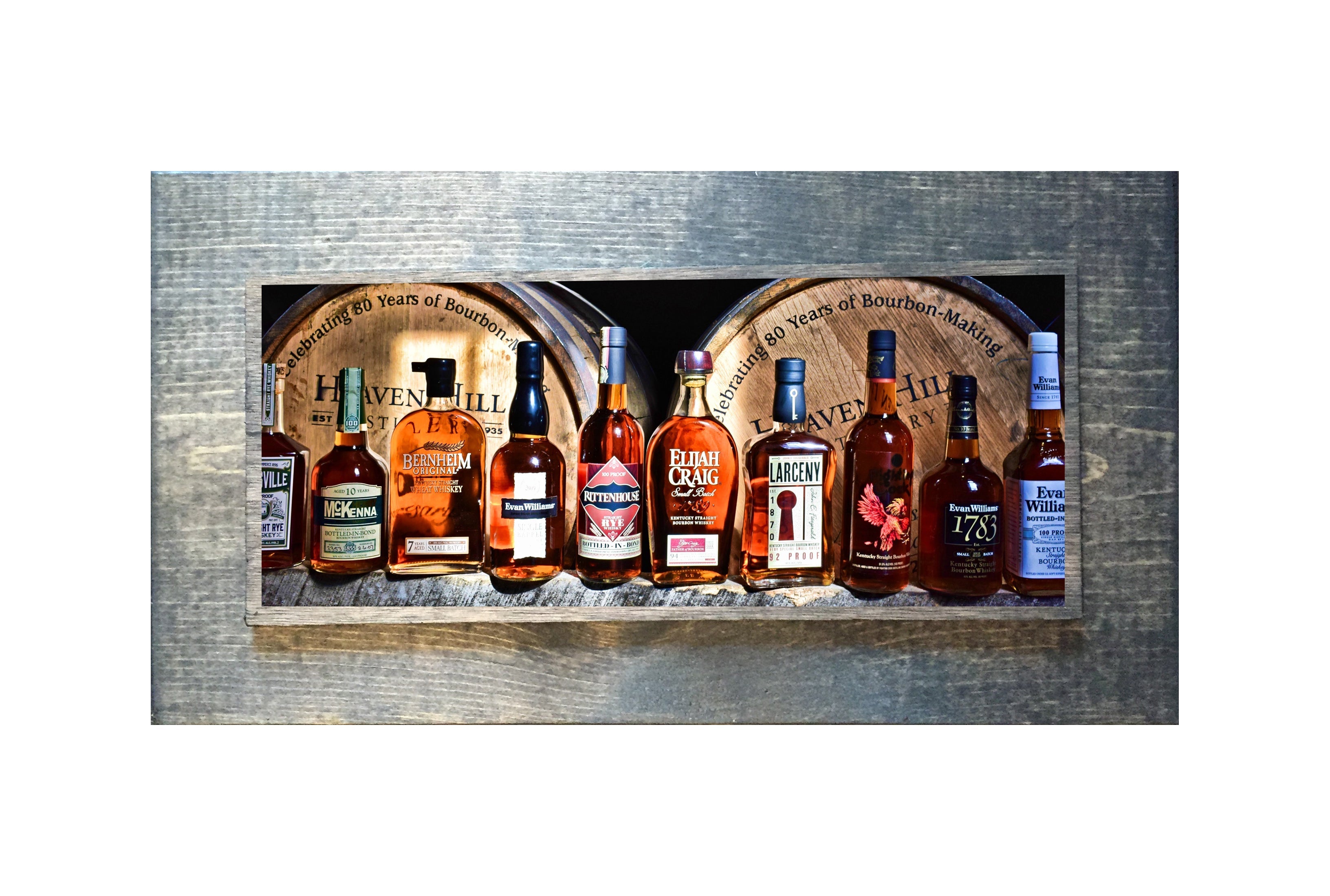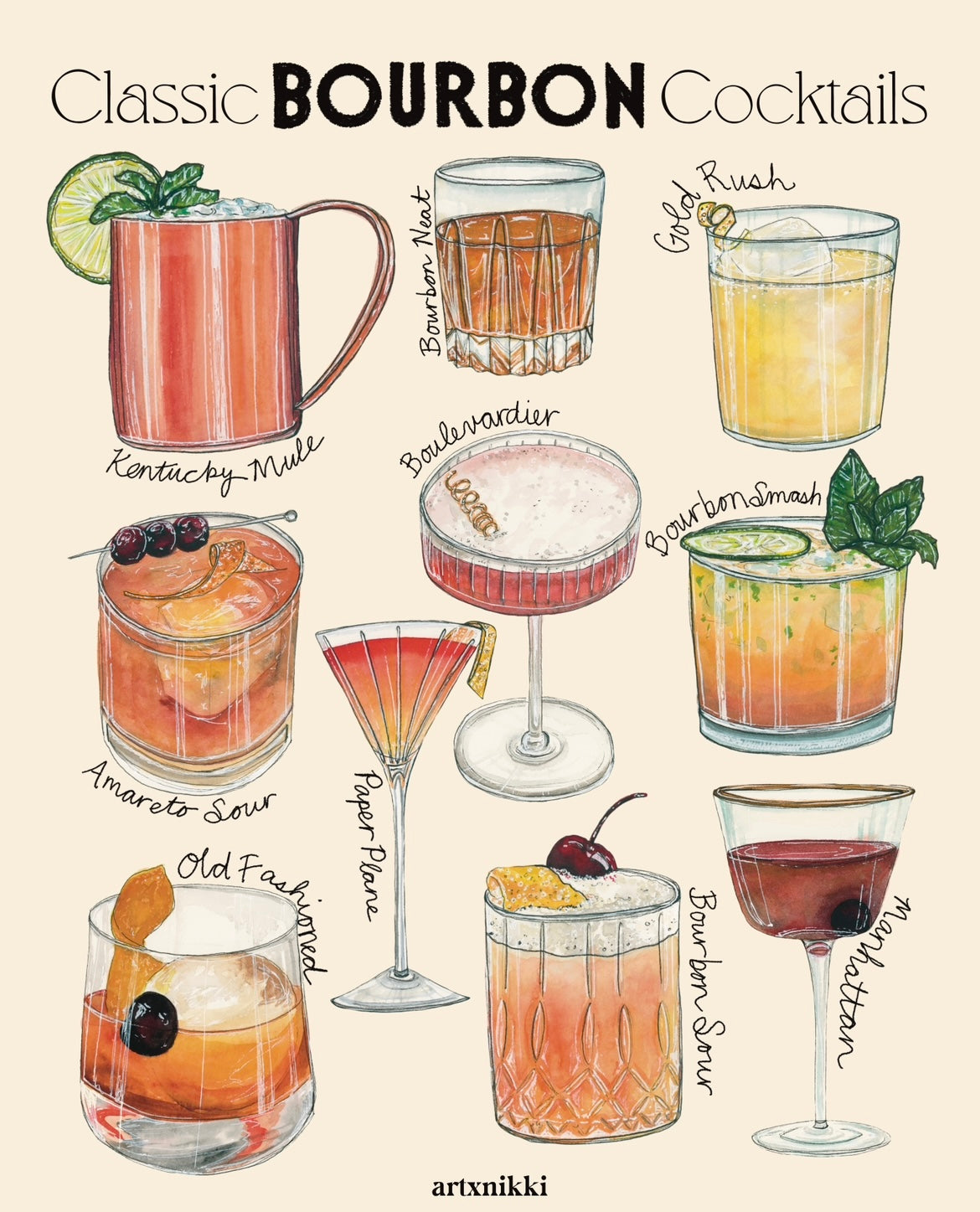Check out the World of Bourbon Art: A Trip With Society and Craftsmanship
The Relevance of Whiskey Art in Celebrating Heritage and Craftsmanship in the Beverage Industry
The intricate connection in between scotch art and the event of heritage and craftsmanship within the beverage sector can not be overstated. Via thoughtfully made containers and tags, whiskey brands encapsulate their historical origins and the artisanal skills that specify their manufacturing techniques.
The Historical Roots of Whiskey
At the heart of whiskey's appeal lies a rich tapestry of historic origins that map back to ancient human beings. The origins of scotch can be connected to the purification methods of the Sumerians and Babylonians around 2000 BCE, where very early types of fermented grain beverages began to emerge. It was in the Center Ages that the art of purification progressed dramatically, especially in Ireland and Scotland, leading to the creation of bourbon as we know it today.
The term "whiskey" itself stems from the Gaelic word "uisce beatha," suggesting "water of life." This expression underscores the cultural importance of scotch in Celtic societies, where it was often related to rituals, parties, and communal bonding. By the 15th century, purification became an identified craft within reclusive neighborhoods, leading the way for the establishment of lawful distilleries.
As trade paths broadened, bourbon's popularity grew, transcending local boundaries and catching the passion of aficionados worldwide. Limited Edition. This historic trip mirrors not just the craftsmanship behind bourbon production but additionally its indispensable duty in social and cultural contexts, noting it as a substantial beverage throughout history
Artistic Expression in Branding
Scotch branding stands as a compelling junction of virtuosity and business, where aesthetic identity plays an important duty fit customer assumption. The aesthetics of whiskey tags, packaging, and marketing materials mirror not just the brand name's story however also its core values and heritage. With artistic expression, distilleries share a story that reverberates with customers, evoking feelings and triggering connections.
Using shade, typography, and images in branding serves to distinguish items in a saturated market. Standard themes may stimulate a feeling of authenticity and craftsmanship, while modern-day designs can represent advancement and forward-thinking. This tactical imaginative direction improves brand acknowledgment and commitment, allowing consumers to build an individual relationship with the scotch they select.
In addition, imaginative expression in branding typically acts as a party of local heritage. Distilleries frequently include local signs or historical references right into their styles, developing a sense of place that welcomes consumers to take part in a more comprehensive cultural experience. Eventually, the artistry behind whiskey branding not only boosts visual appeal however also enriches the total story of the brand, promoting a deeper admiration for the workmanship and heritage ingrained in each container.
Workmanship in Container Style
The creativity evident in scotch branding prolongs past visual identification to include the workmanship involved in container layout. Each bottle works as a vessel not just for the spirit within, but also for the story it outlines its origin, quality, and tradition. The style process needs thorough attention to information, as components such as closure, form, and product add considerably to the overall perception of the scotch.
Craftsmanship in bottle layout includes choosing premium glass that can improve the whiskey's color and quality, while likewise supplying a responsive experience for the customer. The silhouette of the bottle have to be both cosmetically appealing and practical, usually reflecting the heritage of the brand name. Numerous distilleries select unique shapes or embossed logo designs that stimulate a sense of authenticity and background.
Moreover, the tag layout and typography play an essential function in interacting the brand's narrative. Realism Art. A well-crafted container not only captivates the customer's eye however also reinforces the brand's dedication to high quality and tradition. By doing this, the workmanship of bottle style becomes a crucial element of the scotch experience, merging virtuosity with an extensive respect for heritage
Cultural Importance of Whiskey Art
Commemorating tradition and craftsmanship, the cultural significance of scotch art goes beyond simple looks, intertwining with the social and historic stories of the areas where it stems. Each container acts as a canvas, illustrating the special tales, mythology, and customs that have formed neighborhood whiskey-making techniques. The elaborate layouts typically reflect the heritage of the distillers, including signs and concepts that reverberate with the society and worths of my explanation their communities.

Additionally, bourbon art plays an important function in communal events and parties, functioning as a concrete link between her explanation individuals and their shared experiences. By valuing the virtuosity in bourbon product packaging, customers cultivate a much deeper understanding and regard for the craft, ultimately enhancing their enjoyment of the beverage itself.
Modern Trends in Bourbon Discussion
In the last few years, the discussion of bourbon has developed to show modern tastes and fads while still honoring traditional workmanship - Whiskey Art. Distilleries are increasingly concentrating on aesthetic elements that boost the general alcohol consumption experience, linking the space between heritage and modernity
Cutting-edge container designs have arised, frequently incorporating sustainable materials and artistic tags that tell compelling tales. Several brand names now work together with regional artists, infusing their products with distinct aesthetic expressions that resonate with customers. In addition, limited-edition releases are typically packaged in collectible containers, adding value and allure for lovers.

Final Thought
In final thought, scotch art offers as a crucial conduit for sharing the heritage and craftsmanship intrinsic in the beverage sector. Via elaborate branding, innovative container layouts, and culturally considerable imaginative aspects, bourbon brands efficiently honor their customs and connect with consumers.


Workmanship in container style includes picking premium glass that can boost the bourbon's color and clarity, while likewise supplying a responsive experience for the consumer. In this method, the workmanship of container design comes to be a vital element of the whiskey experience, combining artistry with a profound regard for heritage.
In verdict, whiskey art serves as an essential avenue for revealing the heritage and craftsmanship fundamental in the drink sector.